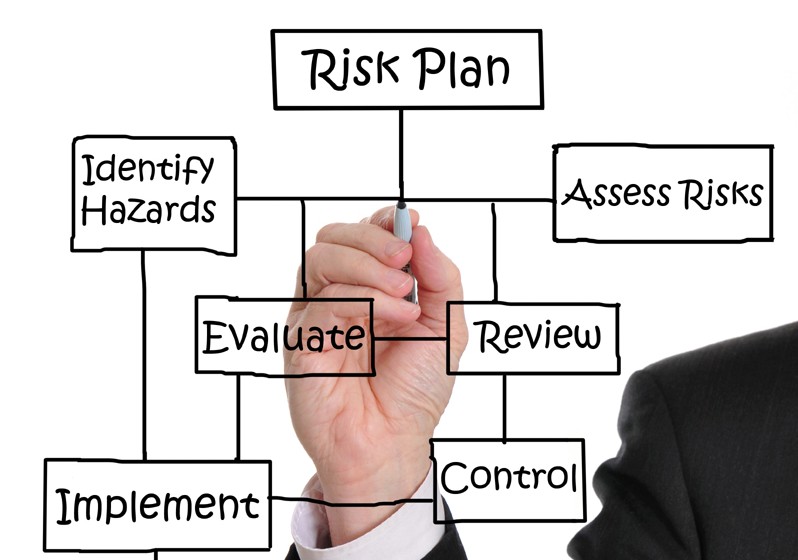Do you want to increase your employee’s happiness, safety, participation, and good health? Then, you have to be familiar with the term called “Employee Engagement”. Employee Engagement is an approach designed to ensure that employees are committed to the organization’s values and goals. This later leads to organizational success.
The benefits of Employee Engagement are tremendous.
For instance, a study examined 168 engaged and disengaged employees to measure their stress levels and health indicators. Findings showed that engaged employees reported lower stress as well as improved cholesterol and blood pressure readings. Not only that, they engaged employees are proven to perform better by producing better results. Lastly, research showed that engaged employees have a lower chance (i.e., 5 times less) of experiencing accidents at work than their disengaged counterparts.
Having this in mind, you must know that Employee Engagement is one of the most important things to manage and to measure an organization. Measuring employee engagement may seem like a challenge as it focuses on specific areas of the organization’s strengths and gaps. This shall be observed in a personal and a group level through monthly or yearly surveys.
To boost and manage the employee engagement, here are a few steps you may take:
1. ACKNOWLEDGE THEIR STRENGTHS AND CAPABILITIES
Recognizing the employee’s strengths and capabilities does not always have to be monetary. A respectful acknowledgement of the contributions they have made is enough. Never forget to give your employees flexibility to explore how they can contribute best by allowing feedbacks.
2. CREATE TRANSPARENCY
An organization with transparency creates a room for engagement and a sense of significance. Transparency exists when the leader is comfortable enough to share his or her success to the team.
3. EMPOWER THEM
To enable active participation, put your employees in the position of influence. For example, let them lead a project and choose whom they want to collaborate with. This simple deed will make them realize their own potentials.







